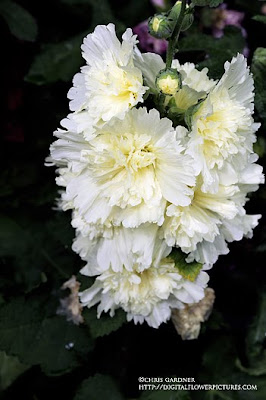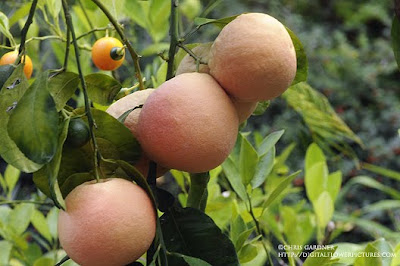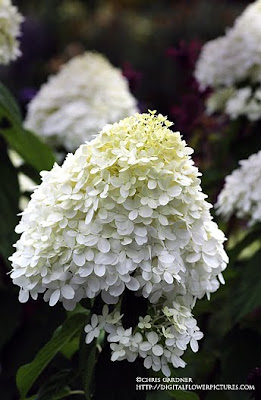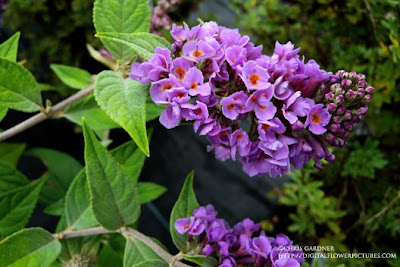
Appleblossom Grass
Oenothera lindheimeri 'Pink Cloud'
(ee-no-THEE-ruh) (lind-HY-mer-ee)
This is a great perennial that blooms during the summer and well into the fall. I never knew the common name was Apple blossom Grass or that it was member of the
Oenothera genus. ‘Pink Cloud’ is a really deep pink compare to the other pink
Gaura. The white forms of this plant are nice too. While some people might not like the wispy appearance of the foliage and plant the flowers are sure to win a spot in their hearts. They look a lot like little butterflies especially when twisting in the wind.
Gaura does not require special soil and is quite happy in lean soil on the dry side. It works well in the middle or back of the border. I sometimes deadhead mine but it isn’t really required. Good drainage is necessary as is full sun exposure. I found out the hard way not to plant this flower in the fall in northern regions. It is best to get it established during the season.
See more flowers from all over the world at
Today’s Flowers .
Here are a few extra pictures from the concert we attended on Friday night. It was a triple bill and we both agreed that the acts were so different that it was a little weird (they have a record label in common). Watchers of American Idol will probably remember Allison Iraheta. She didn’t win but did well in the competition. She came out first and did a short set. Wow, she really sung her heart out. I don’t think I have seen such energy emanating from a stage in a long time. Next up was the reason I went to see the show, Orianthi. She is the future of rock guitar playing and didn’t disappoint. She is cute but is a talented singer and vocalist and she can ‘shred’ a guitar. The headliner was Adam Lambert, also an American Idol star. Not knowing what to expect from him, this was the Glamnation tour after all, was kind of fun. He put on a really good show and has a great voice. His band was also excellent. His fan base is deeply in love with him and they showed it. Here are a few shots from our seats shot with my point and shoot camera. Photography was allowed, however, only with non-professional type cameras. It was too dark to try and set up the cmera manually but I did remember to raise my ISO a bit.
This first shot is Orianthi with her band (Vivi Rama, bass and Brian Chiusano on guitar)

Adam Lambert with Monte Pittman (from Madonna’s touring bands and Prong) and Tommy Joe Ratliff on bass. The acoustic interlude in Adam’s set was great.

I am disappointed I didn’t get a good picture of Allison. I was basically dumbstruck by her performance, think of a hybrid between Janis Joplin and Pat Benetar (Joplinensis x Benetartis :lol: ). I did mange this noisy, over saturated shot.



 Groundcover Rose
Groundcover Rose













 Variegated Garden Phlox
Variegated Garden Phlox


 Tropical Hibiscus
Tropical Hibiscus

 Ugh, they were already bringing out the Christmas stuff at the nursery.
Ugh, they were already bringing out the Christmas stuff at the nursery.


 Dwarf Butterfly Bush
Dwarf Butterfly Bush







 Common Dandelion
Common Dandelion